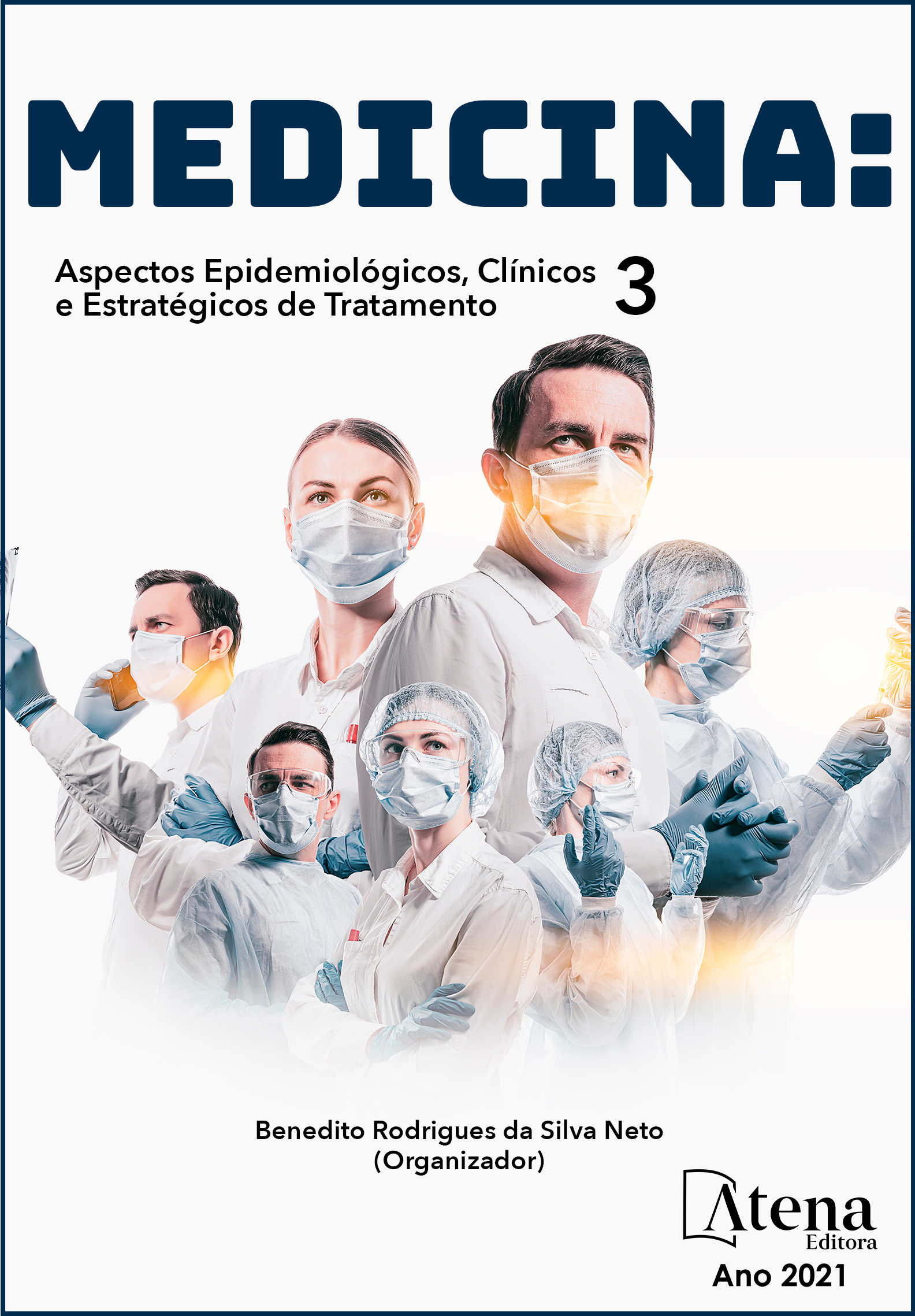
IMPACTO DA ALTERAÇÃO DO PROTOCOLO DE MORTE ENCEFÁLICA: DOAÇÃO DE ÓRGÃOS E TECIDOS EM SANTA CATARINA
Objetivos: Verificar se existe diferença significativa no número de doações de órgãos e tecidos após o diagnóstico de morte encefálica (ME) entre janeiro de 2016 e dezembro de 2018, após resolução nº 2.173/2017 e se ocorreu redução nas taxas de recusa familiar após a nova resolução instituída; identificar o perfil epidemiológico dos pacientes. Métodos: Estudo de abordagem quantitativa, observacional retrospectivo, descritivo, com coleta de dados secundários, utilizando base de dados pré-existente de um órgão governamental conhecido como SC transplantes. O presente estudo foi desenvolvido no Laboratório de Pesquisa em Computação e Métodos Quantitativos (LACOM/UNESC). Resultados: A média de idade dos pacientes foi de 48,7 ± 19,1 anos, sendo 55,8% do sexo masculino. As principais causas de morte encefálica foram acidente vascular-encefálico (AVE) e traumatismo crânio-encefálico (TCE). Comparando-se os anos de 2016 e 2017 com o ano de 2018 foi possível perceber um aumento no número absoluto de doações de órgãos e tecidos, porém sem significância estatística. Conclusão: A instituição do novo protocolo para determinação de ME, no estado de Santa Catarina, ocasionou um discreto aumento na doação de órgãos e tecidos para transplante, enquanto as taxas de recusa familiar se mantiveram estáveis. O perfil epidemiológico encontrado condiz com o de pacientes com ME a nível mundial.
IMPACTO DA ALTERAÇÃO DO PROTOCOLO DE MORTE ENCEFÁLICA: DOAÇÃO DE ÓRGÃOS E TECIDOS EM SANTA CATARINA
-
DOI: 10.22533/at.ed.58921170510
-
Palavras-chave: morte encefálica, diagnóstico, doação de órgãos, transplante, protocolo
-
Keywords: brain death, diagnosis, organ donation, transplantation, protocol
-
Abstract:
Objectives: To verify if there is a significant difference in the number of organ and tissue donations after the diagnosis of brain death (BD) between January 2016 and December 2018, after resolution nº 2.173 / 2017 and if there was a reduction in the family refusal rates after the new resolution instituted; identify the epidemiological profile of patients. Methods: Study with a quantitative, observational, retrospective, descriptive approach, with collection of secondary data, using a pre-existing database of a government agency known as SC transplantes. The present study was developed at the Laboratory for Research in Computing and Quantitative Methods (LACOM / UNESC). Results: The mean age of the patients was 48.7 ± 19.1 years, with 55.8% being male. The main causes of brain death were stroke and cerebral traumatic brain injury (TBI). Comparing the years 2016 and 2017 with the year 2018, it was possible to notice an increase in the absolute number of organ and tissue donations, although without statistical significance. Conclusion: The institution of the new protocol for determining BD, in the state of Santa Catarina, caused a slight increase in the donation of organs and tissues for transplantation, while the family refusal rates remained stable. The epidemiological profile found is consistent with that of patients with BD worldwide.
-
Número de páginas: 13
- Marina Casagrande do Canto
- Bruna Fernandes Scarpari
- Gabriela Vicência de Oliveira
- Kristian Madeira
- Giulia Benedetti Nery


